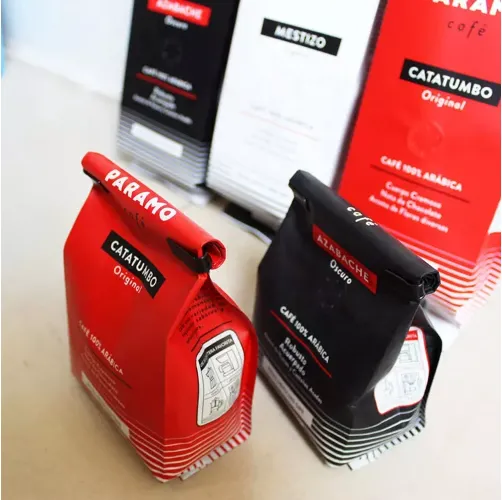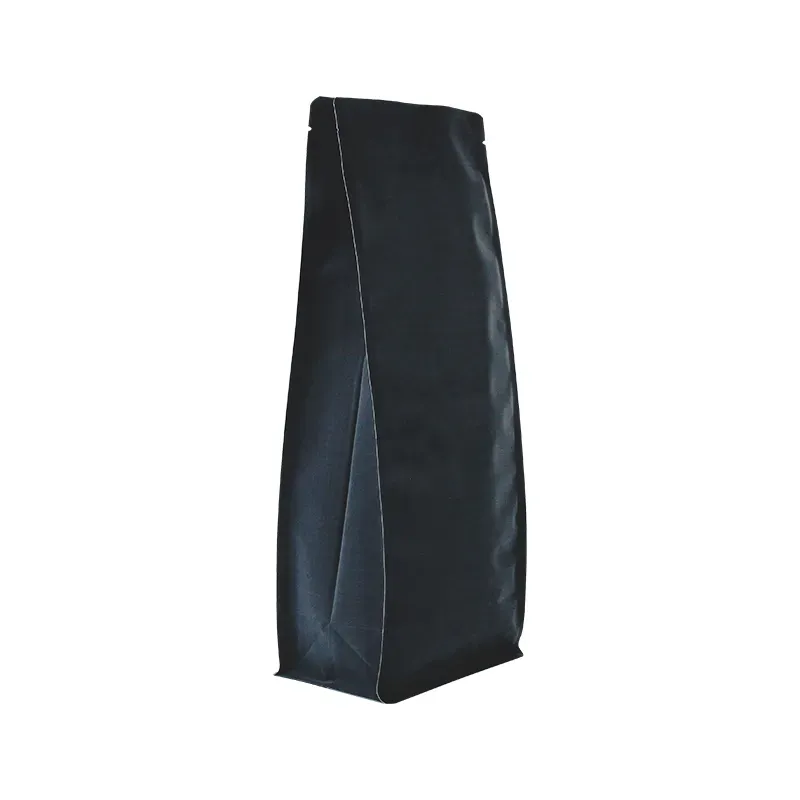Email: enid@bc-pak.com
Tel: 86-757- 88811186
- Afrikaans
- Albanian
- Amharic
- Arabic
- Armenian
- Azerbaijani
- Basque
- Belarusian
- Bengali
- Bosnian
- Bulgarian
- Catalan
- Cebuano
- chinese_simplified
- chinese_traditional
- Corsican
- Croatian
- Czech
- Danish
- Dutch
- English
- Esperanto
- Estonian
- Finnish
- French
- Frisian
- Galician
- Georgian
- German
- Greek
- Gujarati
- haitian_creole
- hausa
- hawaiian
- Hebrew
- Hindi
- Miao
- Hungarian
- Icelandic
- igbo
- Indonesian
- irish
- Italian
- Japanese
- Javanese
- Kannada
- kazakh
- Khmer
- Rwandese
- Korean
- Kurdish
- Kyrgyz
- Lao
- Latin
- Latvian
- Lithuanian
- Luxembourgish
- Macedonian
- Malgashi
- Malay
- Malayalam
- Maltese
- Maori
- Marathi
- Mongolian
- Myanmar
- Nepali
- Norwegian
- Norwegian
- Occitan
- Pashto
- Persian
- Polish
- Portuguese
- Punjabi
- Romanian
- Russian
- Samoan
- scottish-gaelic
- Serbian
- Sesotho
- Shona
- Sindhi
- Sinhala
- Slovak
- Slovenian
- Somali
- Spanish
- Sundanese
- Swahili
- Swedish
- Tagalog
- Tajik
- Tamil
- Tatar
- Telugu
- Thai
- Turkish
- Turkmen
- Ukrainian
- Urdu
- Uighur
- Uzbek
- Vietnamese
- Welsh
- Bantu
- Yiddish
- Yoruba
- Zulu
black food packaging
Views :
Update time : Feb . 02, 2025 00:41
Black food packaging is more than just an aesthetic choice; it has become a strategic tool in the product industry. Renowned for its ability to exude elegance, mystery, and modernity, black packaging is transforming how consumers perceive products. Delving deeper into the nuances of black food packaging reveals several layers of its profound impact on consumer behavior, market trends, and brand positioning.
The rise of e-commerce has also magnified the importance of striking packaging. In a digital shopping space where tactile experiences are absent, visual appeal becomes paramount. Black packaging provides a dramatic contrast that pops on digital screens, effectively drawing attention in social media feeds and online marketplaces. Moreover, black packaging can aid in maintaining product efficacy. For instance, products that contain natural or active ingredients, such as certain supplements or beauty foods, benefit from the reduced light transmission often associated with darker packaging. This ensures shelf life is optimized and the active components remain potent until consumption. Brand consistency is further reinforced through black packaging, linking different product lines under a cohesive design language. This approach not only enhances brand recall but also fosters consumer loyalty as customers develop an affinity for the recognizable, trusted look of the packaging. Investment in high-quality black packaging signifies a brand's commitment to excellence and attention to detail. By choosing materials that offer a premium tactile feel and a visually stunning finish, brands communicate their dedication to providing superior products. This dedication extends beyond aesthetics as it encapsulates the brand ethos of prioritizing customer satisfaction through high standards. In conclusion, black food packaging is not merely a trend; it represents a sophisticated intersection of marketing, psychology, and functionality. By embracing these elements, brands can create compelling narratives that resonate with consumers, foster deeper connections, and ultimately, drive sales. The prestige associated with black packaging sets a powerful stage for products to make a meaningful impact in a dynamic and discerning market.


The rise of e-commerce has also magnified the importance of striking packaging. In a digital shopping space where tactile experiences are absent, visual appeal becomes paramount. Black packaging provides a dramatic contrast that pops on digital screens, effectively drawing attention in social media feeds and online marketplaces. Moreover, black packaging can aid in maintaining product efficacy. For instance, products that contain natural or active ingredients, such as certain supplements or beauty foods, benefit from the reduced light transmission often associated with darker packaging. This ensures shelf life is optimized and the active components remain potent until consumption. Brand consistency is further reinforced through black packaging, linking different product lines under a cohesive design language. This approach not only enhances brand recall but also fosters consumer loyalty as customers develop an affinity for the recognizable, trusted look of the packaging. Investment in high-quality black packaging signifies a brand's commitment to excellence and attention to detail. By choosing materials that offer a premium tactile feel and a visually stunning finish, brands communicate their dedication to providing superior products. This dedication extends beyond aesthetics as it encapsulates the brand ethos of prioritizing customer satisfaction through high standards. In conclusion, black food packaging is not merely a trend; it represents a sophisticated intersection of marketing, psychology, and functionality. By embracing these elements, brands can create compelling narratives that resonate with consumers, foster deeper connections, and ultimately, drive sales. The prestige associated with black packaging sets a powerful stage for products to make a meaningful impact in a dynamic and discerning market.
Recommend products
Read More >>
Related News
Read More >>













